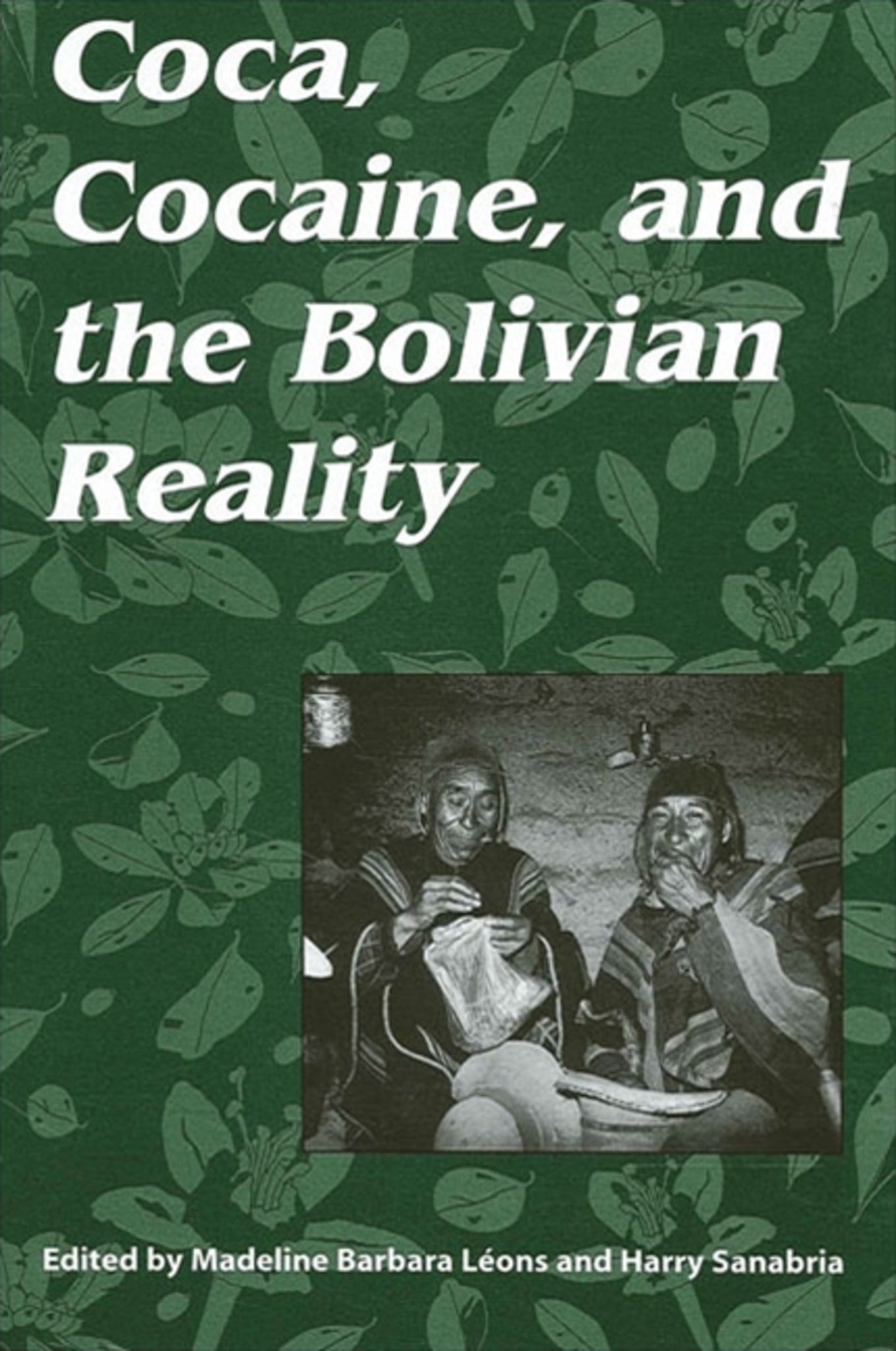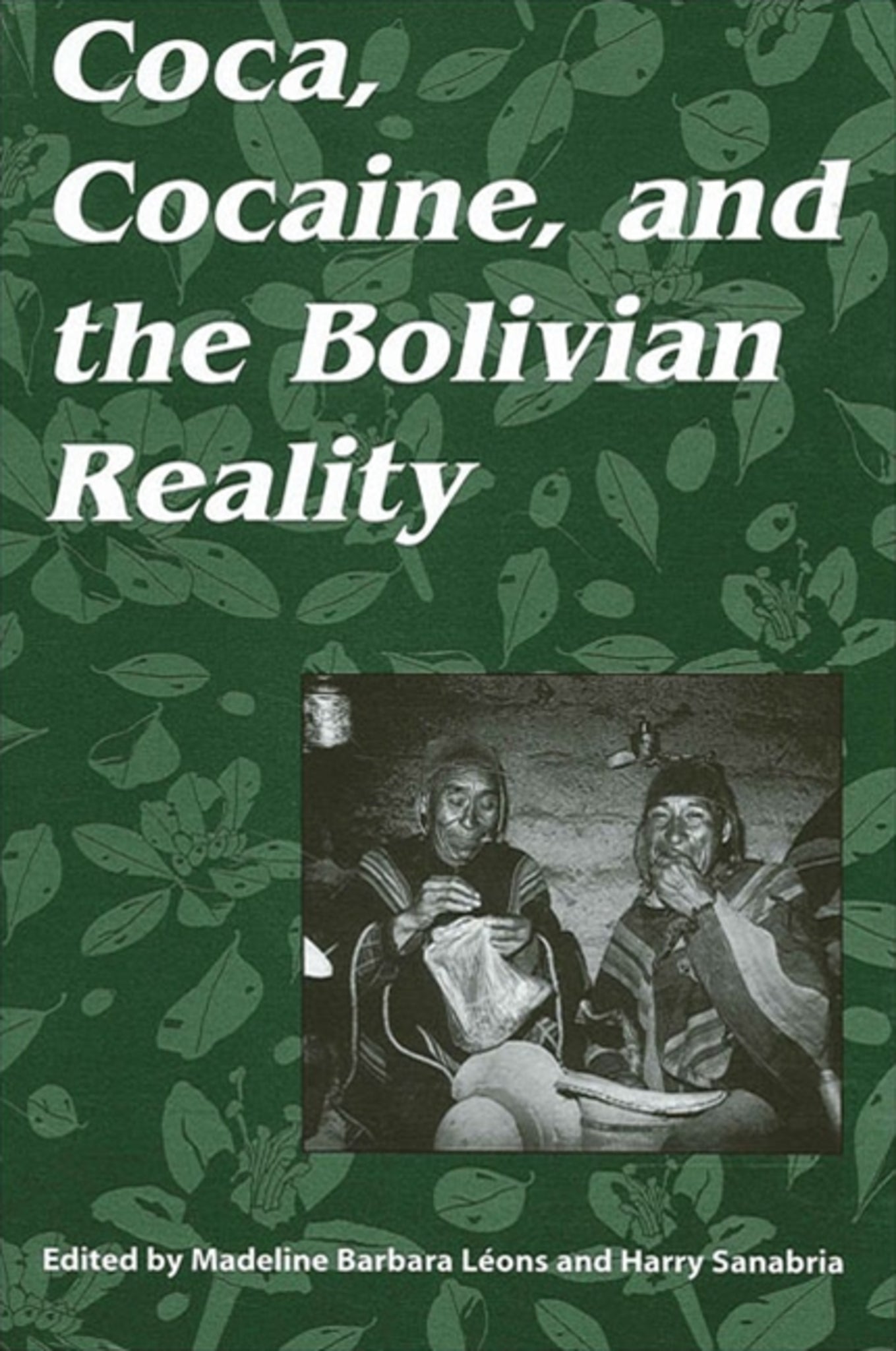We're sorry. An error has occurred
Please cancel or retry.
Coca, Cocaine, and the Bolivian Reality

Some error occured while loading the Quick View. Please close the Quick View and try reloading the page.
Couldn't load pickup availability
- Format:
-
30 October 1997

Examines the impact of coca and the cocaine trade on the Latin American country most affected by it, Bolivia.
This volume examines the impact of coca and the cocaine trade on Bolivia, the poorest and most vulnerable of the South American countries.
Topics examined include coca growers who have organized to protect their livelihood; coca substitution programs that have provided no viable alternative; and the repressive legal and extralegal apparatus which has been mobilized against the growers.
Surprising studies show how coca cultivation may be environmentally conservative and how it can underwrite traditional culture. At the same time, both politically and economically, Bolivian society has been transformed by coca and the cocaine trade and efforts to combat them. These efforts, concentrating on supply-side interdiction and coca eradication, have had negative impacts within Bolivia, have damaged the relationship between Bolivia and the United States, and have been ineffective in stemming the flow of cocaine to consuming countries.


"Breaks new ground in analyzing national and international issues concerning coca growing and the effect of national and international policies on peasant livelihood." — Hans Buechler, Syracuse University
"This book stresses just how important both the historical and contemporary significance of drugs are to a thorough understanding of the people and nation of Bolivia." — William O. Walker III, Ohio Wesleyan University
"Begins the task of blowing away the smokescreen covering so much of the discourse about the illicit international drug trade." — Jim Weil, Marquette University
Acknowledgments
1. Coca and Cocaine in Bolivia: Reality and Policy Illusion
Madeline Barbara Léons and Harry Sanabria
2. The Coca Field as a Total Social Fact
Alison L. Spedding
3. Coca, Cash, and Cloth in Highland Bolivia: The Chapare and Transformations in a "Traditional" Andean Textile Economy
Elayne Zorn
4. The Coca Debate and Yungas Landowners During the First Half of the 20th Century
Ana María Lema
5. Cocataki, Taki-Coca: Trade, Traffic, and Organized Peasant Resistance in the Yungas of La Paz
Alison L. Spedding
6. After the Boom: Income Decline, Eradication, and Alternative Development in the Yungas
Madeline Barbara Léons
7. The Discourse and Practice of Repression and Resistance in the Chapare
Harry Sanabria
8. Informal and Illicit Economies and the Role of Narcotrafficking
Carlos F. Toranzo Roca
9. Environmental Problems of Coca Cultivation
Hans Salm and Máximo Liberman
10. The Coca-Cocaine Issue in Bolivia: A Political Resource for all Seasons
Kevin Healy
11. Fighting Drugs in Bolivia: United States and Bolivian Perceptions at Odds
Eduardo A. Gamarra
12. Social Impacts Associated with Antidrug Law 1008
Linda Farthing
Bibliography
Contributors
Index



